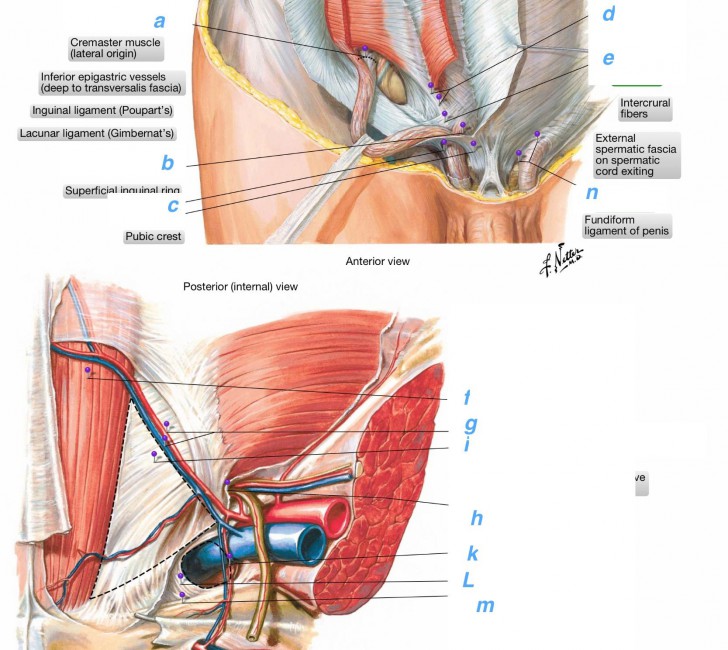There are a wide variety of hernias. It is a basic term to describe a wide range of cases, but all involve one organ that is pushing into another part of the body that it is not intended to push into. Many involve organs which are located in the stomach and they can manifest themselves in a variety of symptoms that are located in the stomach area. If you believe that you have a hernia, consult a physician.
Common condition: hiatal hernia
One very common stomach hernia is a hiatal hernia. The hiatus is an organ in the diaphragm that keeps stomach contents from rising to where they should not be (it separates the chest cavity from the abdomen). Complications with the hiatus can lead to one of two types of hernias.
Both of these can be quite painful and dangerous so it is essential that chronic symptoms in this area be addressed by a physician immediately so as to avoid risk of further complications. The most common stomach hernia is the sliding hiatal hernia. In a sliding hiatal hernia, the stomach and the section of the esophagus that joins the stomach rises up into the chest through the hiatus.
The other type of hiatal hernia is the paraesophageal hernia. This hernia is less common, but can be more dangerous, often fatal. In this situation, the esophagus and stomach stay in their normal locations, but part of the stomach squeezes through the hiatus, landing it next to the esophagus. Although you can have this type of hernia without any symptoms, the danger is that the stomach can become “strangled,” or have its blood supply shut off. If the hiatal hernia is in danger of becoming constricted or strangulated (so that the blood supply is cut off), surgery is necessary.
Symptoms of hiatal hernia
Symptoms of hiatal hernia can include heartburn, regurgitation, difficulty swallowing, chest pain radiating from below the sternum, a bloated feeling after eating, constipation, and shortness of breath. The primary symptom however is chronic heartburn.
What causes hiatal hernia?
Causes of stomach hernias are various. They can be based on factors that an individual is born with, such as a larger opening in the diaphragm to allow this sort of thing to happen. However, other factors can also increase their likelihood of occurring, such as pregnancy, obesity, strained bowel movements, or even coughing.
A specialized X-ray or an endoscopy can be used to diagnose such maladies. Various types of lifestyle changes may be recommended which can be quite effective. Such changes may include elevating the head of the bed when sleeping to allow gravity to prevent acid from flowing into the esophagus.
Small frequent meals may help instead of eating two or three larger meals a day. Greasy or highly acidic food like peppers, citrus, onions, and tomatoes should be avoided. Most patients are very aware of which foods trigger symptoms.
Also, a type of proton pump inhibitor medication can be used to reduce symptoms safely, however surgery may be necessary. This surgery can be minimally invasive via use of a laparoscope and generally simply restores organs to their intended place in the stomach.
